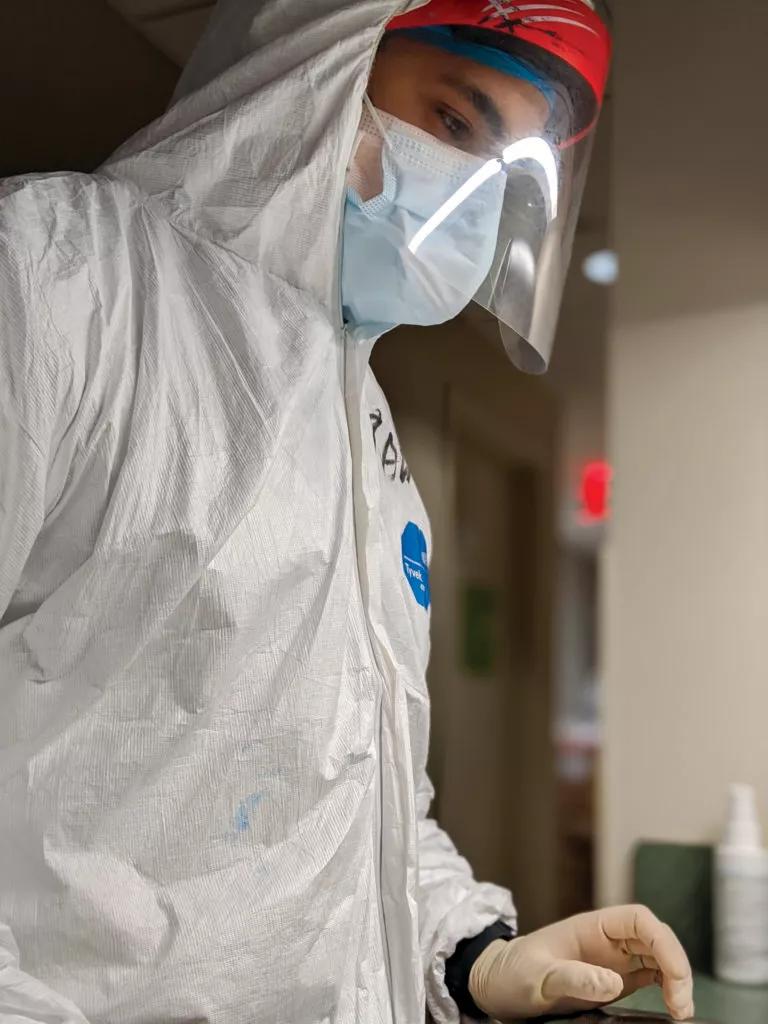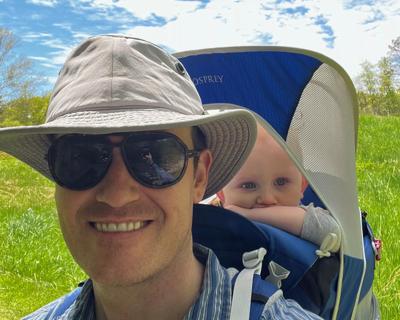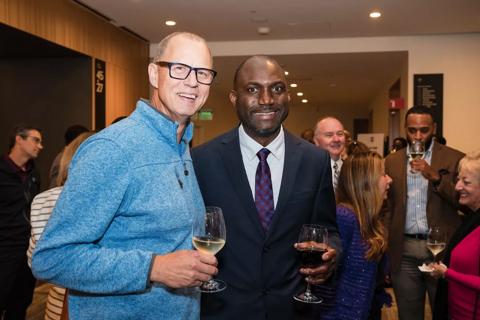Putting Patients First

Pravin George, MD, far right and the medical team in New York (photos are courtesy of Dr. George)
Advertisement
Cleveland Clinic is a non-profit academic medical center. Advertising on our site helps support our mission. We do not endorse non-Cleveland Clinic products or services. Policy
Nearly 60 Cleveland Clinic alumni went to New York and Michigan to help overwhelmed hospitals care for patients with COVID-19. Among them was Pravin George, DO (IM’10, N’13, NVS’14), a neuro-intensive care physician who, on learning he was assigned to New York-Presbyterian Hospital, realized he’d be back in the neighborhood where he grew up.
“I didn’t know till the night before where I would be working,” he says. “It turned out to be the hospital where my grandfather went when he had a stroke.”
Even before the team was assembled, he had considered helping out. Seeing the news of New York hit hard by the pandemic reminded him of the tragic events of Sept. 11, 2001. “I was just a college student then and wanted to do something. But I had no training. I felt helpless.”
Knowing that he and the team had Cleveland Clinic’s backing gave him confidence, he says. Even so, it was a tough decision. He and his wife, Ava George, DO (FM’13), a family practitioner at Cleveland Clinic Fairview Hospital, had just had a baby boy, and they have three daughters, ages 6, 4 and 2. However, he knew that there was a critical need for his skills and those of the four other ICU physicians on the team.

Dr. George at New York-Presbyterian Hospital
“Only very few people in the country can do what we do,” he says. “It was a once-in-a-lifetime opportunity.”
The hospital’s patient population was exploding. “We had to assess the situation and put everything together while admission rates were climbing into the hundreds per night,” he says. “A lot of the docs were really tired, and the nursing ratio was very bad. It was good that we were there.”
Advertisement
Not only was he driven to help colleagues, “but in the back of mind, I thought, ‘If something happens, and all of a sudden we have a surge in Northeast Ohio, I could help our own teams. I could share what worked or what didn’t.’”
Dr. George says he is grateful for his experience of helping where the need was greatest at the height of a pandemic. “This was part of my life’s mission.”
Advertisement
Advertisement

We celebrate the exceptional achievements of four future alumni

Honoring Exceptional Achievement and Leadership

We celebrate the exceptional achievements of four future alumni

Meet Hardeep Phull, MD (CCLCM’11)

Meet William Tierney, MD, MS (CCLCM’16, OTO’18)

Meet Samuel Omotoye, MD (CARD/E'15)